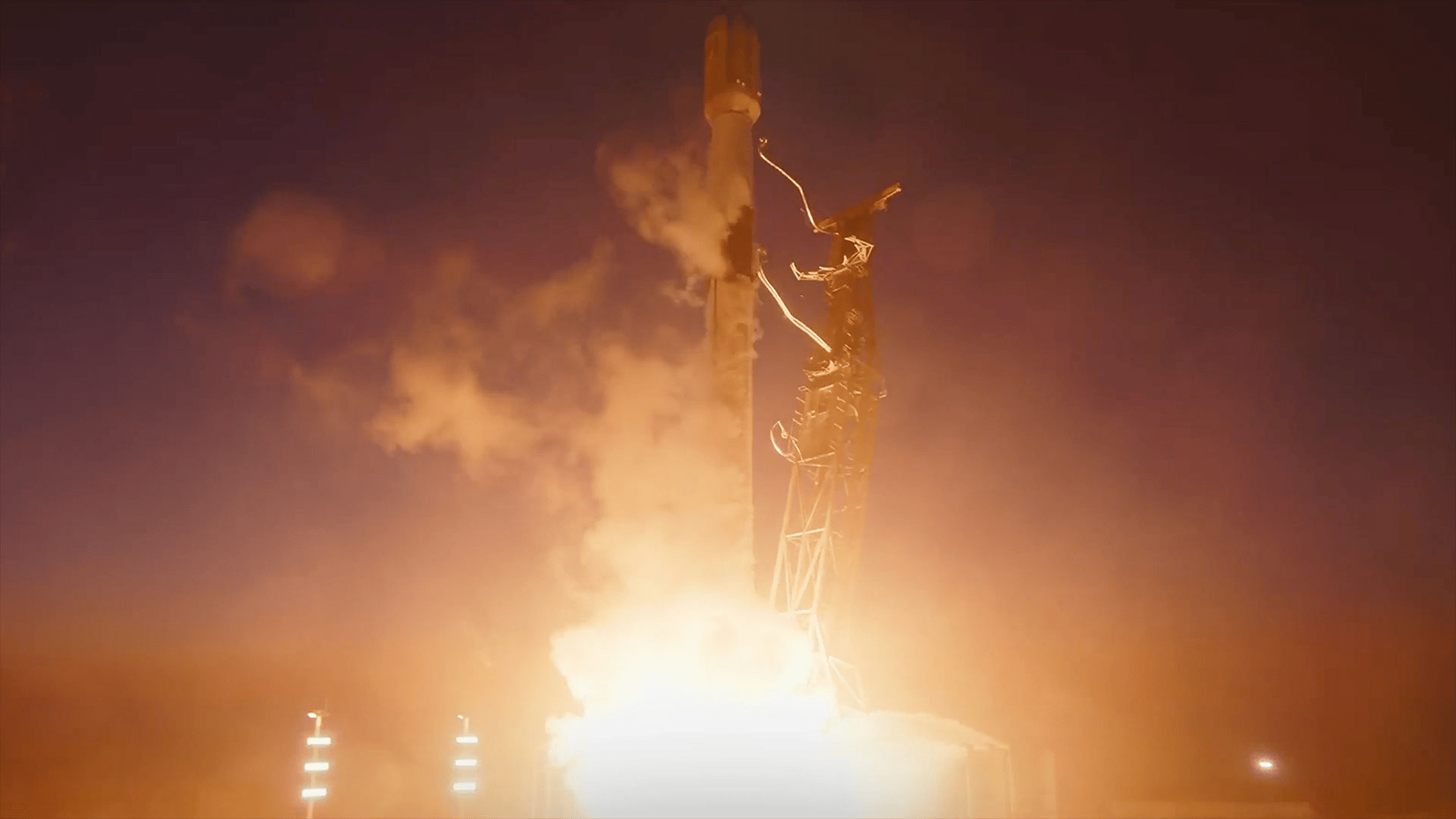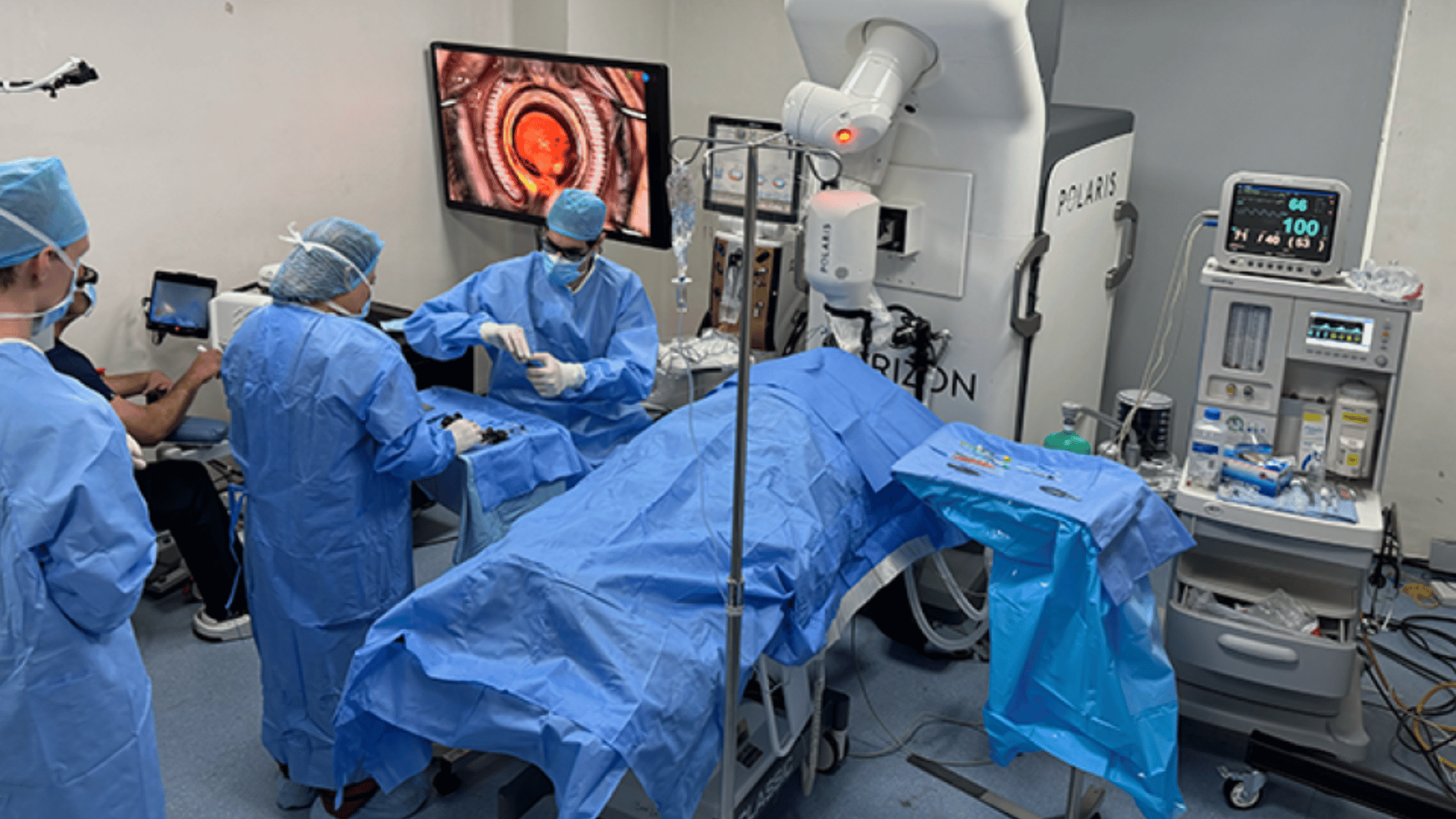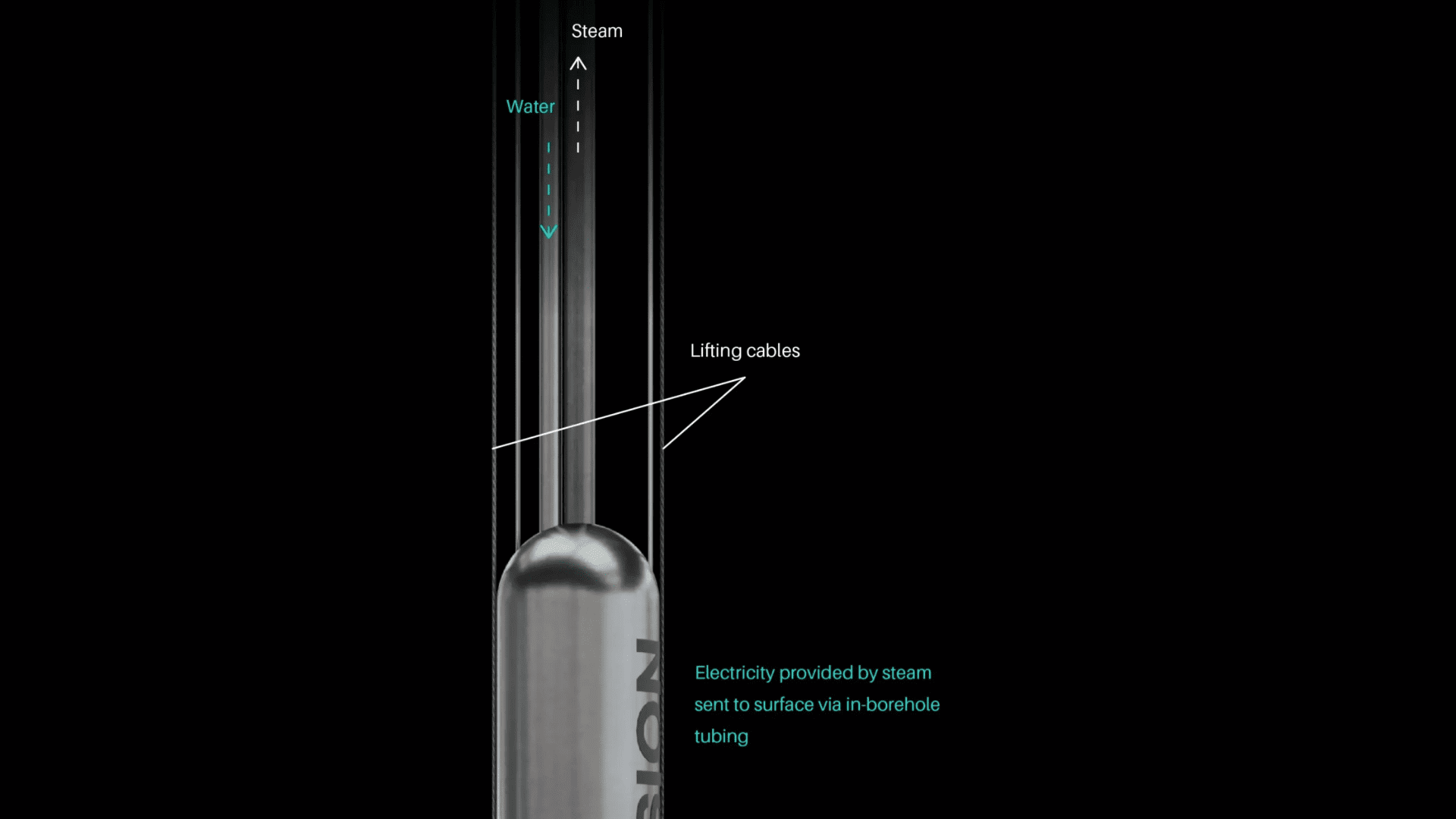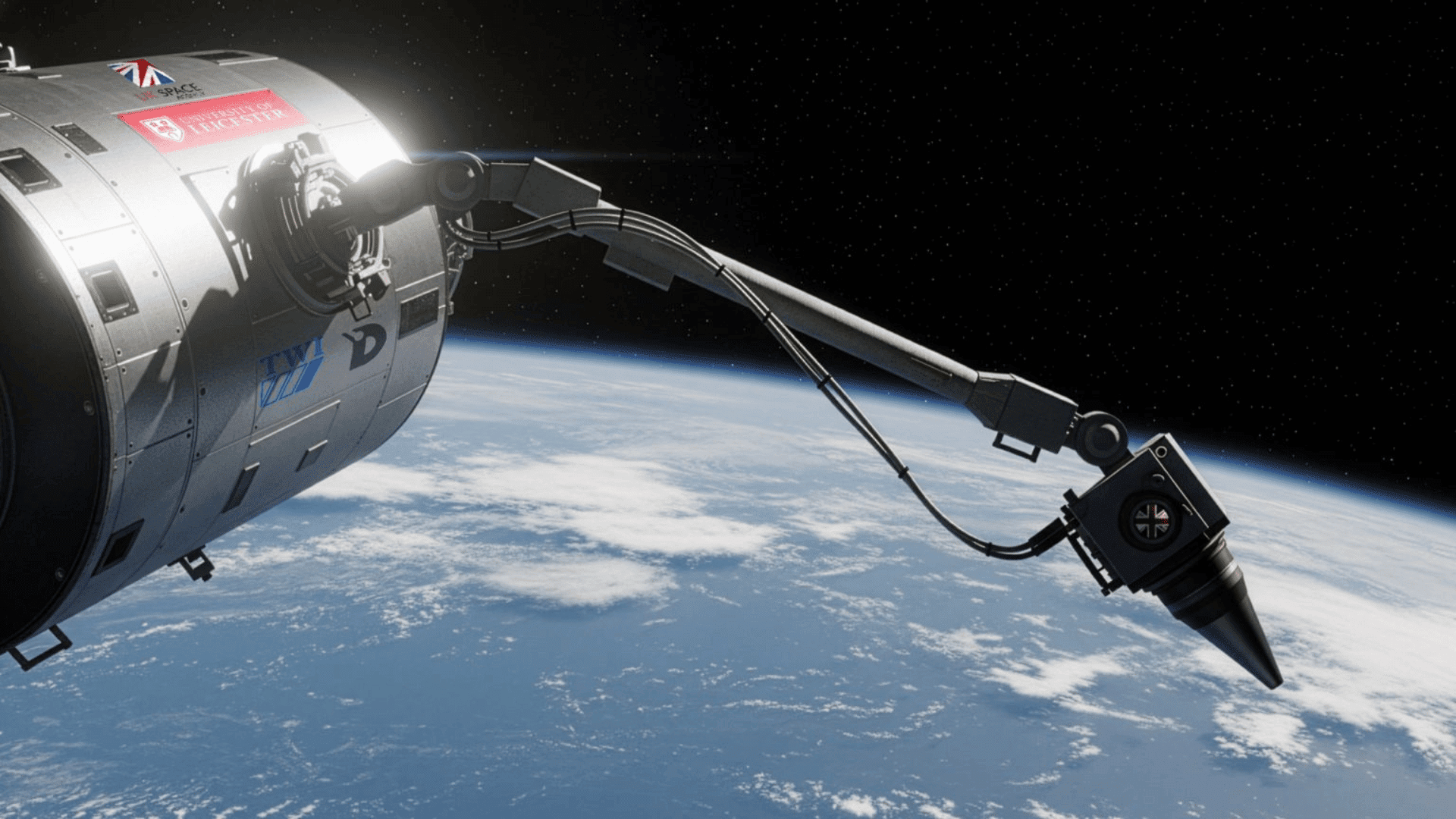SpaceX launched 26 Starlink satellites from California on Monday, June 16th, at 11:36 PM EDT. The relatively new Falcon 9 rocket reportedly made its third flight from Space Launch Complex 4 East at Vandenberg Space Force Base.
SpaceX Falcon 9 Launches

According to SpaceX’s website, the satellites reached low Earth orbit approximately eight and a half minutes after launch.
At approximately one hour into the mission, they were on track to be deployed after a second burn of the Falcon’s upper stage. In the meantime, the rocket’s first stage successfully landed on the droneship “Of Course I Still Love You”, which is stationed in the Pacific Ocean.
SpaceX refers to the rocket by its serial number, B1093. It last flew in May on the second of three total Starlink flights.
This launch follows a few similar Starlink satellite deployments from Florida’s Cape Canaveral Space Force Station last week. The Starlink 12-24 mission launched on Tuesday, June 10th at 9:05 AM, and the Starlink 12-26 mission launched on Friday, June 13th at 11:29 AM.
The missions involved 23 broadband internet satellites, 13 of which had direct-to-cell capabilities.
Though the most recent launch didn’t include satellites with direct-to-cell capabilities, it added to the Starlink broadband internet network. The network now includes more than 7,760 active units.
This is SpaceX’s 74th Falcon 9 mission in 2025, 56 of which have supported the Starlink service. SpaceX has also been responsible for 47 of the 49 launches from the Space Coast in 2025.
Another scheduled mission, Axiom Mission 4, was also delayed a second time due to a pressure leak in the Russian Zvezda service module aboard the International Space Station. This follows a delay earlier last week due to weather conditions and a liquid oxygen leak in the Falcon 9 rocket.
“Working with cellular providers around the world, direct to cell enables unmodified cellphones to have connectivity in the most remote areas,” stated a company post on X.








